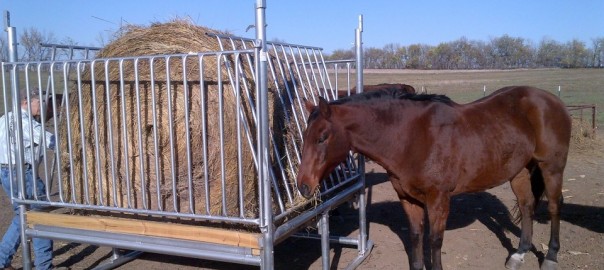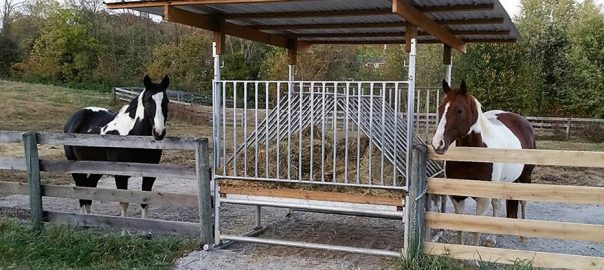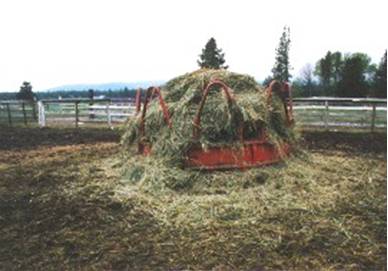
If you are still using an old hay feeder, you are likely wasting hay, time and money. Traditional hay feeders are not equipped to effectively contain hay and therefore hay ends up being blown or moved around outside the feeder. This causes hay to be lost and needed time for clean up or the hay.
The hay saver hay feeder is specifically designed to cover the hay in the feeder while still allowing horses and cattle to feed. The folding grills hold the hay down to protect blowing from the wind and prevent it from being tossed by the livestock. Hay therefore remains in the feeder as opposed to around the feeder. The hay saver hay feeder is over 93% efficient at containing hay.
The fold down grills also prevent horses and cattle from burying their heads into the bale eliminating any breathing problems caused from inhaling hay dust or eye irritation. Better health for your horses and cattle also equates to less money on care and veterinary bills.
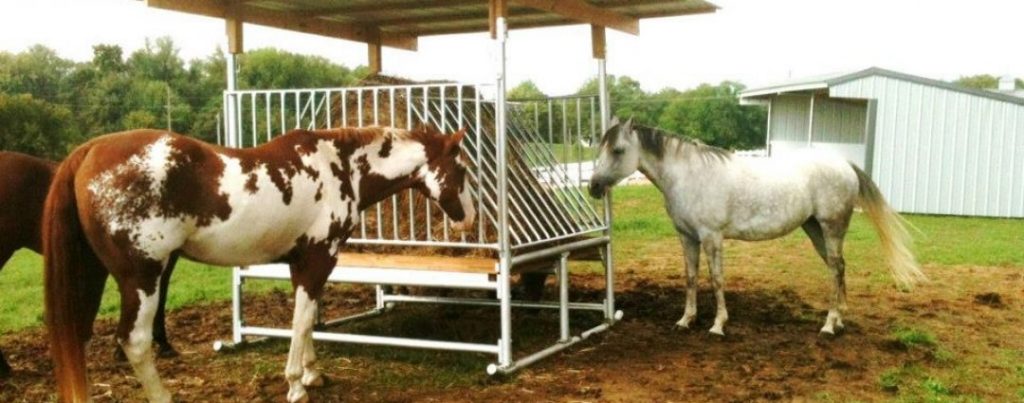
In addition, many traditional hay feeders are made of materials that tend to break down or rust out. Hay saver hay feeders are built from high quality durable materials that are designed to withstand the elements with an average life span of 20 or more years.
View our hay savings comparison chart and photos of traditional hay feeders vs the hay saver hay feeder.
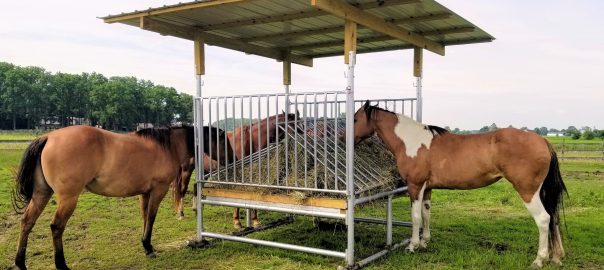
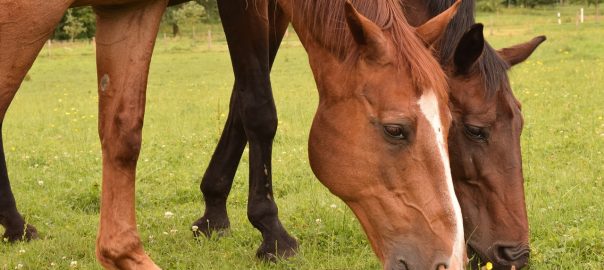
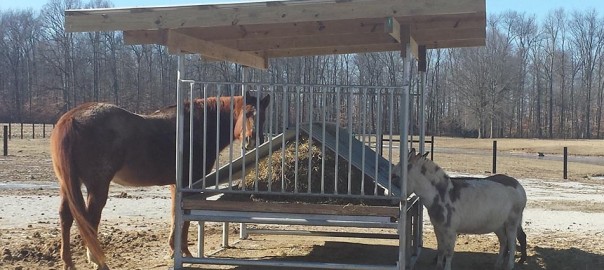

 When it comes to hay waste, using the right type of hay feeder can make a significant difference in saving hay, money and time. That’s why it’s important to understand all of the positive benefits that come along with using hay saver feeders.
When it comes to hay waste, using the right type of hay feeder can make a significant difference in saving hay, money and time. That’s why it’s important to understand all of the positive benefits that come along with using hay saver feeders.